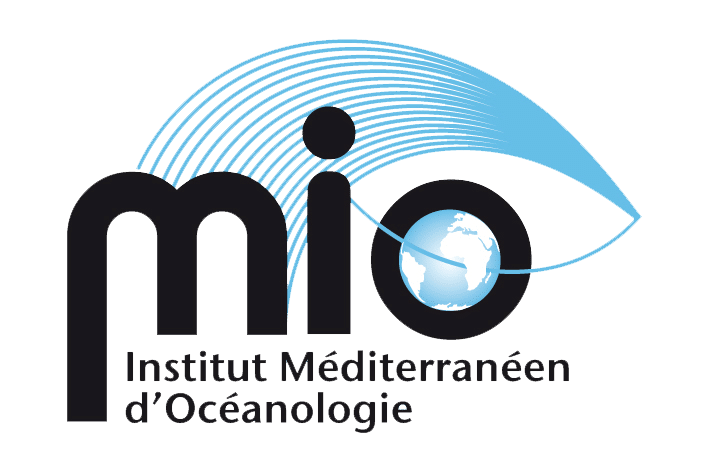Dissolved oxygen in the oceans is essential to life in the largest ecosystem on the planet: the ability of vertebrate and invertebrate organisms to survive without oxygen is extremely limited. Oxygen is essential to the ocean. For more than 50 years, its concentrations in the open and coastal ocean have been falling. In the open ocean, reduced ventilation due to a less mixed (more stratified) ocean and the warming of surface layers due to climate change are the main causes of the drop in oxygen content. Although this decline is limited (1 to 7% of oceanic oxygen stock by 2100), it particularly affects 'oxygen minimum' zones, where oxygen concentration is naturally limited, which will see their ecosystems disrupted.
The deoxygenation of coastal areas is mainly due to the eutrophication phenomenon linked to the excessive fertilisation of soils by fertilisers in the catchment areas of rivers that discharge them into estuaries and coastal areas. This excess of nutrient salts leads to a disproportionate increase in phytoplankton production, which is then degraded by bacteria in the water column. The respiration that accompanies this microbial activity consumes the oxygen contained in the deeper layers of water. When this consumption is significant, we speak of hypoxia.
Scientists have just described3 the causes and consequences of this oceanic deoxygenation and are calling for the establishment of an international FAIR database on dissolved oxygen in offshore and coastal marine waters. The scientific community has proposed an international project on ocean deoxygenation called GOOD (Global Ocean Oxygen Decade), which has been approved by the Intergovernmental Oceanographic Commission under the aegis of the UN "Decade of the Oceans" programme (2021-2030). This project will focus on 8 areas:
Deoxygenation and ocean life: identifying and understanding threats to improve mitigation and adaptation strategies.
Deoxygenation, water quality and the climate system: Understanding processes and feedback and developing usable indicators
Deoxygenation and ecosystem services: Assessing and exploiting the impact of deoxygenation.
Understanding, monitoring and mitigating deoxygenation in a context of multiple stressors (co-stressors).
Economic and societal consequences of deoxygenation.
Understanding the causes, attributing changes and developing mitigation approaches.
Oxygen mapping and modelling
Education, capacity building and knowledge of the ocean
To find out more
Grégoire, M., V. Garçon et al (2021). A global ocean oxygen database and atlas for assessing and predicting deoxygenation and ocean health in the open and coastal ocean. Frontiers in Marine Science.
Breitburg, D., et al. (2018), Declining oxygen in the global ocean and coastal waters, Science, 359, eaam7240.
The GOOD project:
At national level, a consortium of scientific experts (CES) from ODATIS (Pôle de Données et Service pour l'Océan) led by V. Garçon, S. Schmidt, J. Sudre and L. Coppola is pursuing this objective and aims to collect and make available to the French and international community the oxygen data produced by French research teams. This group is participating in the GOOD project. An initial action was undertaken during a workshop to compare oxygen sensors at the Calib'O2 workshop in Brest (4-7 October 2021), funded by IR-ILICO.
CES ODATIS :
Laurent Coppola (CNAP, LOV), Anne Daniel (IFREMER), Bruno Deflandre (Univ Bordeaux, EPOC), Véronique Garçon (CNRS, LEGOS), Dominique Lefèvre (CNRS, MIO)Valérie Mesnage (Univ. Rouen), Aurélien Paulmier (IRD, LEGOS), Catherine Schmechtig (CNRS, LOCEAN) , Sabine Schmidt (CNRS, EPOC), Nicolas Savoye (CNAP, EPOC), Christophe Rabouille (CEA, LSCE), Nathalie Sennechaël (LOCEAN), Virginie Racapé (IFREMER, LOPS), Sylvain Rigaud (Univ Nimes, CHROME), Joël Sudre (IR DataTerra), Virginie Thierry (IFREMER)




